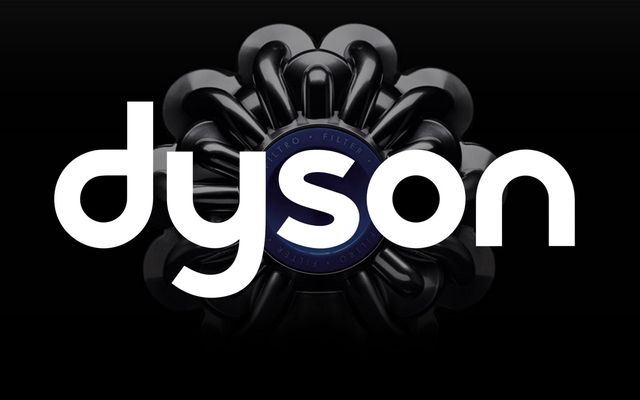Of course, the English Dyson Company does not need of introduction. This brand has long become a synonym for cyclone vacuum that uses the principle of cyclone air filtration. In fact, almost all modern powerful vacuums use this technology.
The cyclone vacuum has a prototype called a cyclone-separator. This device was developed in 1978 by James Dyson to collect small particles of paint powder. In the next five years, the inventor created and tested a large number of models of such devices. The first cyclone vacuum under the name G-Force was created in 1983. It offered through a catalog on the Japanese market.
Dyson Appliances Ltd was founded in 1991 on money from the sale of G-Force. The factory for the manufacture of vacuums and research center for technology development were established in June 1993.
The first model under the Dyson brand appeared under the name DC01 in 1993.
Over the next 25 years, Dyson vacuums have spread widely around the world, collecting a large number of different awards and gaining huge popularity among consumers.
Today company has production facilities in Singapore and Malaysia. They produce digitally controlled Dyson engines using the most advanced additive 3D printing technology, called Additive Manufacturing Technology or layered synthesis.
Today, Dyson vacuum cleaners successfully compete with other popular brands.
Cyclonic technology
As known, cyclonic filtration uses separation of air and dust particles with the help of vortex flows.
It works as follows. Initially, The air enters the conical chamber. Than, it’s twisted by swirl and rises along a spiral trajectory. Of course, centrifugal force moves particles in the air flow to the walls of the container. Typically, modern models use several cyclones to increase cleaning efficiency. Such systems are called multi-cyclones. Of course, the creation of vortices requires a large engine power. By the way, the speed of their rotation reaches 120,000 rpm. However, their high efficiency provides sufficient compactness of motors with digital control.
Of course, the modern cyclone motor contains a lot of innovative solutions that provide the required airflow speed.
Today, these devices provide highest power compared to other types of vacuums.
Dyson Cinetic Big Ball
In 2017, Dyson offers a novelty named Cinetic Big Ball.
It has repeatedly appeared in the top-lists of various reviewers as one of the best in the segment of powerful vacuums.
Moreover, design of model ensures its high steadiness on a surface. For example, this vacuum automatically returns to its working position at deviation from the vertical plane.
Plastic rollers rotate only in one plane. Transparent dust collector provides visual control of its filling. Additionally, pressing the red key on the handle provides easy removal of dust collector.
Moreover, filtration system cleans air in three stages. Initially, large cyclone captures large trash. Than, stainless steel filtercleans air cleaning from fibers and wool. Finally, the grouped cyclones capture smallest dust. Combining cyclones in groups increases their effectiveness. Moreover, vibration of the flexible ends of the cyclones provides their self-cleaning from adhered dust.
Additionally, a small turbine rotates brush. It uses intake air flow for this purpose.
Moreover, model has additional mini turbo brush for cleaning the pet hair.
Advantages and disadvantages
Model uses many effective engineering solutions. For example, two brushes have axes at an angle of 90 degrees to the floor and rotate in different directions. Additionally, the bunches of nylon bristles on the oval plates provide cleaning. Moreover, the absence of the center roller eliminates the problem of winding the hair and threads.
A new universal Musclehead nozzle contains several innovative engineering solutions.
It`s universal and cleanses surfaces of any type.
Testing the noise level shows very good results for a powerful vacuum. It’s 71.4 dB for the turbo brush, 75.6 dB for the mini turbo brush, 68 dB for the Musclehead nozzle and 71.7 dB for the crevice nozzle.
PROS:
– large number of innovative engineering solutions;
– high efficiency of cleaning from very fine dust with the help of three-stage filtration;
– relatively low noise level;
– high steadiness on a surface;
– innovative Musclehead nozzle;
– mini turbo brush for collecting pet hair;
– usability.
CONS:
– relatively high price;
– vacuum weigh 17.6 pounds.
Hand-held portable Dyson vacuums are also very popular.
In recent years, the company offers Cordless Vacuum models that are reasonably considered to be among the best in the segment. The video shows the very popular Dyson Cyclone V10.








